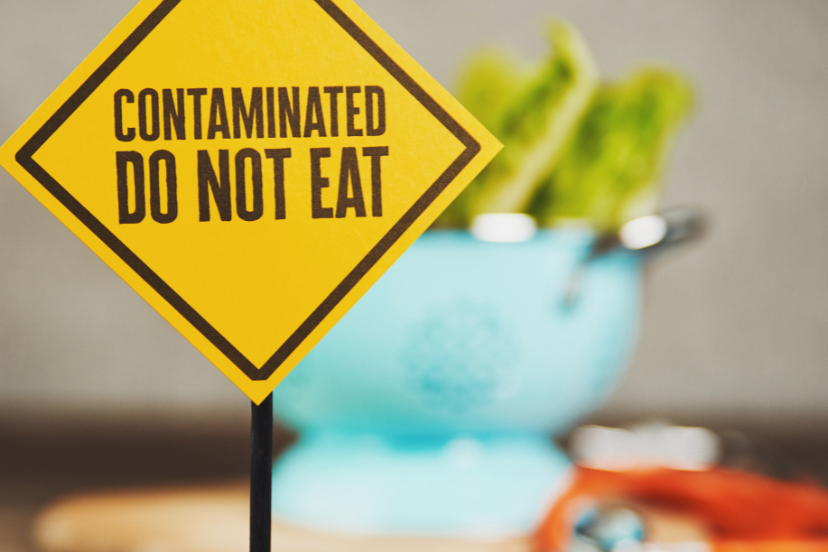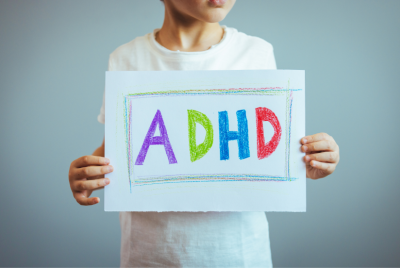Gluten Cross-Contamination: Understanding the Risks and Solutions
Introduction
Welcome to our ultimate guide on gluten cross-contamination! If you’re living with celiac disease or gluten sensitivity, you’re likely familiar with the importance of avoiding gluten in your diet. But what exactly is gluten cross-contamination, and why is it a concern for those following a gluten-free lifestyle? In this article, we’ll delve deep into the world of gluten cross-contamination, exploring what it is, how it happens, and most importantly, how you can prevent it. So, grab a cup of tea, settle in, and let’s get started!
What is it?
Gluten cross-contamination occurs when gluten-containing foods come into contact with gluten-free foods, surfaces, or utensils. This contact can happen at any stage of food production, preparation, or serving, and it poses a significant risk to individuals who must avoid gluten due to celiac disease, gluten intolerance, or wheat allergies.
The Dangers of Gluten Cross-Contamination
Gluten cross-contamination may seem harmless to some, but for those with celiac disease or gluten sensitivity, even trace amounts of gluten can trigger adverse reactions. These reactions can range from mild discomfort to severe symptoms, including digestive issues, fatigue, headaches, and skin problems. Long-term exposure to gluten can also lead to serious health complications for individuals with celiac disease, such as intestinal damage and nutrient deficiencies.
How Does Gluten Cross-Contamination Happen?
Gluten cross-contamination can occur in various settings, including restaurants, food manufacturing facilities, and home kitchens. Here are some common scenarios:
- Shared Kitchen Equipment: Using the same utensils, cutting boards, or appliances for both gluten-containing and gluten-free foods can lead to cross-contamination.
- Improper Food Handling: Not properly cleaning hands, surfaces, or cooking equipment after handling gluten-containing ingredients can transfer gluten to gluten-free foods.
- Unlabeled Ingredients: Consuming packaged foods without carefully checking labels for hidden sources of gluten can result in accidental exposure.
- Restaurant Dining: Dining out presents numerous opportunities for this contamination, as many restaurants may not have dedicated gluten-free preparation areas or fully understand the importance of preventing cross-contact.
Identifying Gluten Cross-Contamination: Common Signs and Symptoms
Recognizing the signs of the contamination is crucial for individuals following a gluten-free diet. Here are some common symptoms to watch out for:
- Digestive Discomfort: Bloating, gas, diarrhea, or constipation shortly after consuming a meal.
- Fatigue: Feeling unusually tired or sluggish, even after getting an adequate amount of rest.
- Headaches: Persistent headaches or migraines that occur shortly after eating gluten-containing foods.
- Skin Issues: Rashes, eczema flare-ups, or acne breakouts following gluten exposure.
If you experience any of these symptoms after consuming food, it’s essential to investigate the possibility of the contamination.
Preventing Gluten Cross-Contamination: Tips and Strategies
Fortunately, there are several steps you can take to minimize the risk of this contamination and safely enjoy a gluten-free lifestyle. Here are some practical tips:
- Read Labels Carefully: Always read food labels thoroughly to identify any potential sources of gluten. Look for certifications like “gluten-free” or “certified gluten-free” to ensure safety.
- Create a Dedicated Gluten-Free Space: If possible, designate a separate area in your kitchen for preparing and storing gluten-free foods. Use separate utensils, cutting boards, and appliances to minimize cross-contact.
- Communicate Effectively: When dining out, don’t hesitate to communicate your dietary needs to restaurant staff. Ask questions about food preparation methods and request gluten-free options whenever possible.
- Be Mindful of Shared Items: Avoid sharing condiments, spreads, or other communal food items that may have come into contact with gluten-containing foods.
- Practice Good Hygiene: Wash your hands frequently, especially before handling gluten-free foods, to prevent contamination from surfaces or utensils.
- Stay Educated: Stay informed about hidden sources of gluten and be proactive in researching safe dining options and gluten-free alternatives.
By implementing these strategies into your daily routine, you can significantly reduce the risk of the contamination and enjoy peace of mind knowing that you’re safeguarding your health.
Frequently Ask Questions:
1. What are the most common sources of gluten cross-contamination?
The most common sources of the contamination include shared kitchen equipment, improperly labeled ingredients, restaurant dining, and inadequate food handling practices.
2. Can gluten cross-contamination occur with airborne particles?
While it’s rare, airborne particles from wheat flour or baking ingredients can potentially lead to the contamination, especially in commercial kitchens or bakeries.
3. Is gluten cross-contamination a concern for individuals with mild gluten sensitivity?
Yes, even individuals with mild gluten sensitivity can experience symptoms from the contamination. It’s essential for everyone following a gluten-free diet to be vigilant about preventing cross-contact.
4. Are there any gluten-free certifications to look for when purchasing packaged foods?
Yes, look for certifications such as “gluten-free” or “certified gluten-free” on food packaging. These certifications indicate that the product meets strict gluten-free standards and has undergone testing to ensure safety.
5. How can I effectively communicate my gluten-free needs when dining out?
When dining out, politely inform your server about your dietary restrictions and ask about gluten-free menu options. Be specific about your needs and inquire about food preparation methods to avoid cross-contamination.
6. Is it safe to assume that all fruits and vegetables are gluten-free?
While fresh fruits and vegetables are naturally gluten-free, it’s essential to wash them thoroughly to remove any potential contamination from handling or processing. Additionally, be cautious of pre-packaged or processed fruits and vegetables that may contain added ingredients or sauces containing gluten.
Conclusion
In conclusion, gluten cross-contamination is a significant concern for individuals following a gluten-free diet, as even small amounts of gluten can trigger adverse reactions. By understanding how cross-contamination occurs and implementing practical prevention strategies, you can minimize the risk and enjoy a safe and fulfilling gluten-free lifestyle. Remember to stay informed, advocate for your dietary needs, and prioritize your health above all else. With diligence and awareness, you can navigate the challenges of this contamination with confidence and ease. Stay gluten-free, stay healthy!




